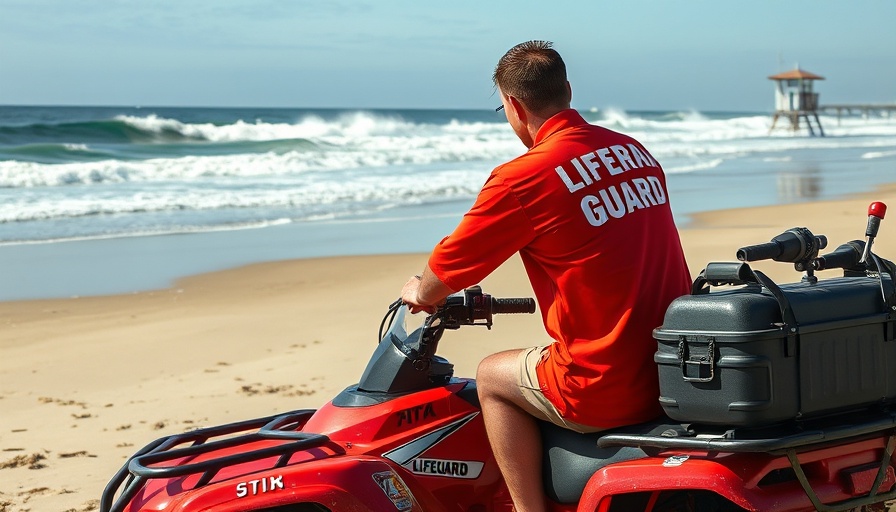
Understanding Lifeguard Hand Signals: Communication That Saves Lives
In the chaos of the ocean, where waves crash and the wind whips, every second matters. For surfers and windsurfers, understanding lifeguard hand signals isn’t just an advantage—it’s a potential lifesaver. As beachgoers become part of the unfolding drama that could lead to a rescue, knowledge of these signals helps streamline communication with lifeguards, ensuring that all parties work together effectively under pressure.
The Importance of Fast Communication
When someone is in distress, a lifeguard’s ability to communicate rapidly can make the difference between life and death. Relying on whistles and radios can often fall short in the noisy environment of the surf. Instead, hand signals remain a reliable, visual means of communication, particularly for those who need to relay important messages. An understanding of these signals can enable surfers to assist in rescue efforts, coordinate with lifeguard teams, and provide necessary support until the lifeguard arrives.
The Essential Hand Signals Every Surfer Should Know
According to guidelines established by the International Life Saving Federation (ISLF), the hand signals outlined below are critical for beach safety:
- One arm waved side to side: This signifies that further assistance is needed, indicating potential issues with a rescuer or a victim.
- Both arms raised in a cross: This grave signal indicates a missing swimmer, requiring immediate action from fellow lifeguards.
- Touching the head with fingertips: A sign that the lifeguard doesn’t need assistance as the situation is stable but continues to be monitored.
- One arm making circular motions: This alerts nearby swimmers that they require help.
- Hands raised above the head: Indicates a need to move further out or towards the shore, providing necessary direction.
These universal hand signals aren't just for lifeguards; every surfer should be familiar with them to enhance safety protocols at the beach.
Surf Life Saving Australia (SLSA): A Regional Variation
While ISLF establishes global signals, Surf Life Saving Australia (SLSA) employs slightly different signals tailored for their unique beach environments. Understanding these variations can further empower surfers and beachgoers in Australia to act when they see someone in danger, reinforcing the community's commitment to safety.
- Attracting attention: Used between a boat and the shore.
- Return to shore: A direct and clear command indicating the need to head back to safety.
- Remain stationary: When indicated, everyone should stay in their current position, usually given in calm waters.
- Message not clear: This signal can save time during emergencies when communication gaps arise.
Why Surfers Should Be Engaged
As a surfer or windsurfer, you are often the first to notice trouble. Familiarity with lifeguard hand signals fosters a strong partnership between you and the lifeguards. In many situations, your quick actions can support rescue efforts and significantly reduce panic among those in distress.
Additionally, globally, drowning remains a significant concern, with nearly 300,000 deaths attributed annually, according to the World Health Organization. Lifeguards in Hawaii alone executed nearly 200,000 actions last year aimed at keeping the beach safe. Each action reflects commitment but also a reliance on the community to recognize and respond to emergencies efficiently.
Conclusion: How You Can Help
Knowledge equips you to deal effectively with critical situations that may arise while enjoying the waves. Take a moment to familiarize yourself with these hand signals and consider what you can do if someone is in danger in the water. Working alongside lifeguards not only enhances the surfing experience but creates a safer community at large. Ask yourself: Are you prepared to make a difference?
 Add Row
Add Row  Add
Add 




Write A Comment